ATTENTION REENACTORS:
US & CS infantry portrayals announced!
REGISTRATION IS CLOSED
Thanks and see you in August!
Overview

Library of Congress
SUMMER, 1862: The Confederate States have just fought a successive series of battles over the course of seven days around Richmond. The hard-won victory has forced General George B. McClellan to withdraw his Army of the Potomac down the James River, leaving the Confederate capitol relatively safe. General Robert E. Lee sees this and recognizes his opportunity to march his Army of Northern Virginia towards Washington, DC – a bid to pressure the North to consider ending the war on agreeable terms.
While Generals Lee and McClellan clash around Richmond, President Abraham Lincoln places General John Pope in command of the newly-formed Army of Virginia. Its objective is to deploy its three corps – some 50,000 men – across the central region of Virginia in a bid to check any Confederate advance towards Washington and draw Southern forces into a contest where they can be further whittled down.
Lee responds in kind on July 13th by dispatching General Thomas “Stonewall” Jackson with 14,000 men to Gordonsville, his orders to secure the railroad junction there. The Confederate strength nearly doubles with the arrival of 10,000 more men under the command of General A.P. Hill on July 26th. At the same time, Pope sends General Nathaniel P. Banks and his II Corps – 8,000 men – to advance on Gordonsville.
Jackson aggressively responds by moving to hit Banks before Pope can organize his greater army and arrive on scene in numbers. Jackson’s next move would be to march for Culpeper Court House, keeping Pope spread thin while he devours the enemy’s forces piecemeal… a repeat of his spectacular campaign in the Shenandoah Valley. He marches towards Culpeper on August 7th to pinch the center of the thinly spread Federal line, easily routing Federal cavalry from the area. However, these forces alert Pope of Jackson’s swift advance. Pope instructs Banks to establish a defensive position south of Culpeper Court House and wait for his arrival. Banks’ corps digs in on a ridge above Cedar Run, northwest of a topographical vantage point named Cedar Mountain.

SMU Libraries

VMI Archives
As the opposing armies maneuver and set the stage for bloodletting, temperatures rise. The weather becomes excruciatingly hot, causing considerable fatigue which slows the pace of march on both sides. While the heat swelters, the moods of commanders also burn hot. General Banks had served in the Shenandoah Valley opposite Stonewall Jackson, suffering defeat at the hands of his opponent’s smaller force. Knowing his orders from General Pope, Banks desires to initiate the attack against Jackson despite being outnumbered 2 to 1.

Cedar Mountain Battlefield Foundation
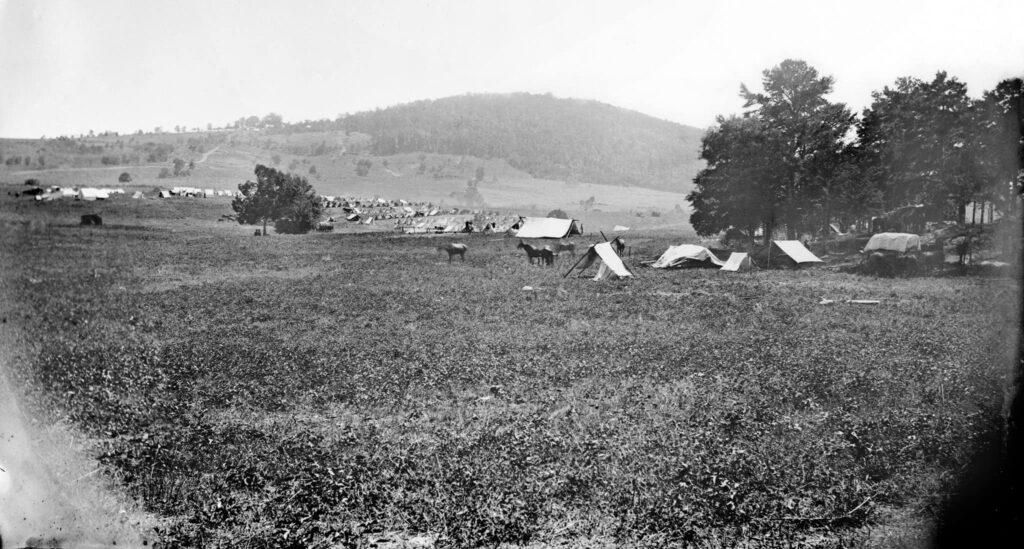
Cedar Mountain Battlefield Foundation
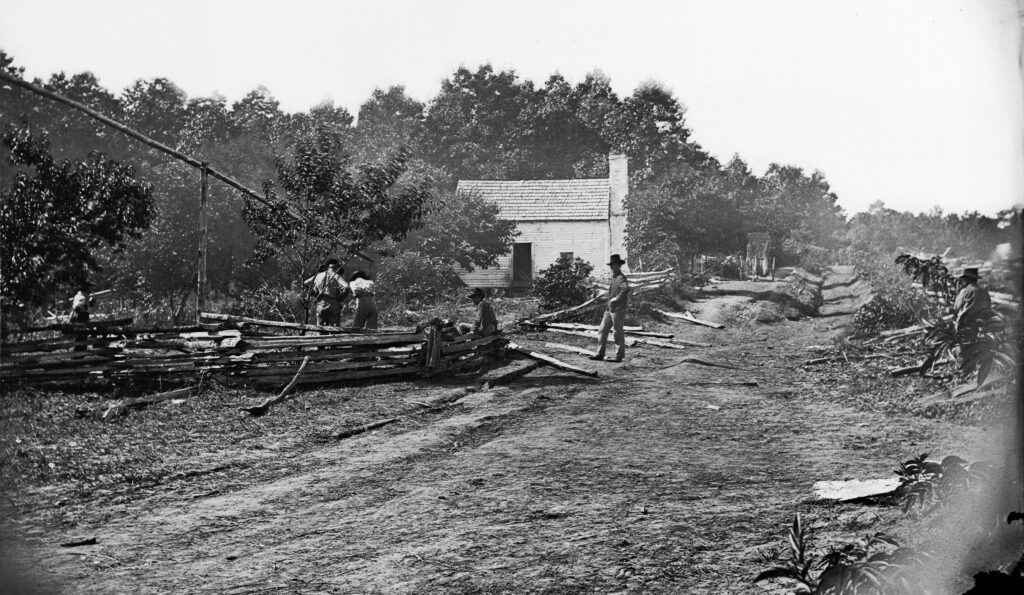
Cedar Mountain Battlefield Foundation
On the morning of August 9th, Jackson’s vanguard division under the command of General Ewell division crosses the Rapidan River and enters Culpeper County. What ensues will hotly test the men of both sides: an infernal fight under the scorching rays of the unrelenting sun. As cannon thunders and muskets crack, it cannot not be discerned whether barrels scald hot from the intensity of fire or the heat of the day itself.
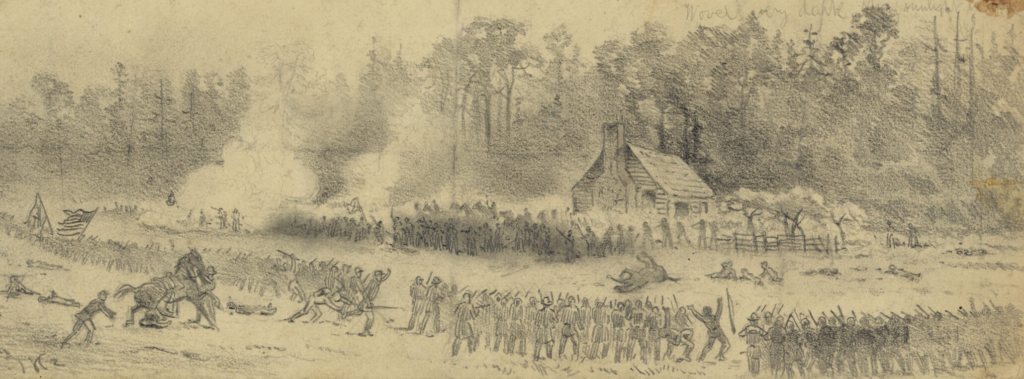
Library of Congress
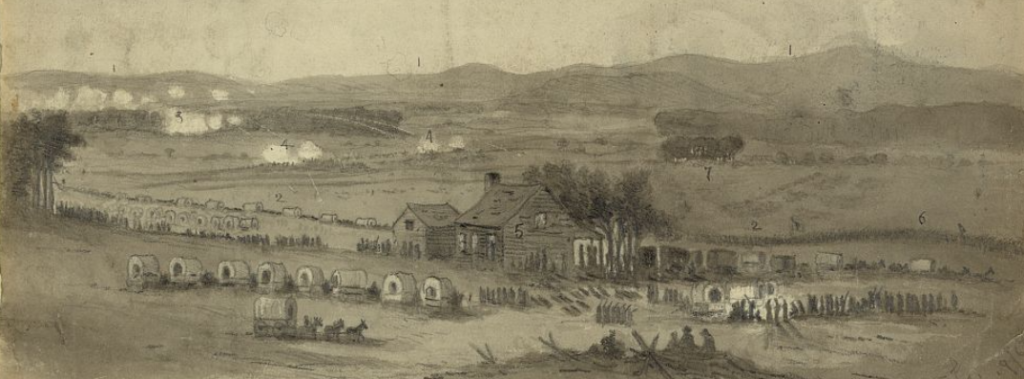
Library of Congress
Join Civil War Historical Impressions on 9-10 August 2025 at NINE HOURS IN HELL, the 163rd Battle of Cedar Mountain! This authentic force-on-force reenactment will be hosted similarly to “A Devilish Entanglement”, so if you attended the 160th Wilderness, you already have an idea of what to expect. If you missed out on that one, you won’t want to miss this one!
Event Order of Battle

US FORCES
Under Overall Command of Ted Brennan
7th Ohio Infantry Regiment
1st Brigade, 2nd Division, II Corps
Commanded by Mark Adler
66th Ohio Infantry Regiment
1st Brigade, 2nd Division, II Corps
Commanded by Scot Buffington
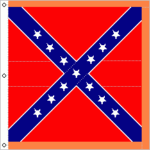
CS FORCES
Under Overall Command of Brian Gesuero
10th Virginia Infantry Regiment
Taliaferro’s Brigade
Commanded by Heath Fleming
18th North Carolina Infantry Regiment
Branch’s Brigade
Commanded by Josh Stalls
5th Virginia Infantry Regiment
Stonewall Brigade
Commanded by Franklin Van Valkenburg
Registration
Registration is non-refundable and goes towards the hosting of the event.
REGISTRATION IS CLOSED
Thanks and see you in August!

